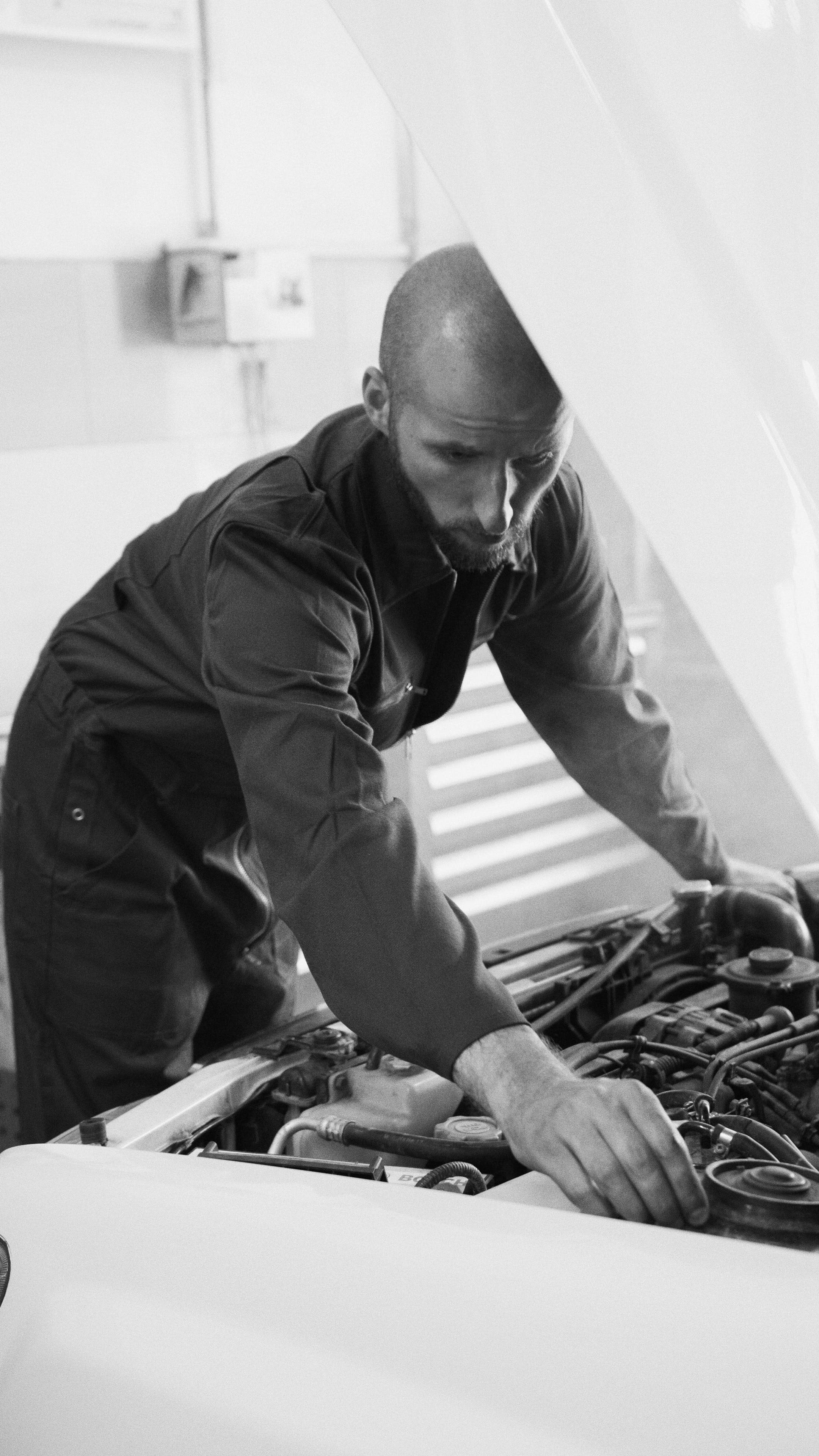A Comprehensive Guide to Testing and Replacing Your Car's Thermostat
Your car's thermostat is an essential component that maintains the engine's temperature. When it malfunctions, it can lead to overheating or a cold engine, which can create significant issues if not addressed promptly. Here's a comprehensive guide to testing and replacing your car's thermostat.
How a Car's Thermostat Works
The thermostat in your car controls the flow of coolant to the engine. When the engine is cold, the thermostat remains closed to allow the engine to reach its optimal operating temperature quickly. As the engine heats up, the thermostat opens to allow coolant to flow and keep the engine at its ideal temperature.
Signs of a Faulty Thermostat
Common signs of a faulty thermostat include:
- Overheating Engine: If your engine overheats soon after you start the car, it might be due to a stuck closed thermostat.
- Cold Engine: If the thermostat is stuck open, the engine may never reach its optimal temperature.
- Fluctuating Temperature: If the engine temperature fluctuates, the thermostat might be opening and closing sporadically.
- Coolant Leaks: A leaking thermostat housing can also signify a bad thermostat.
Shop Car Temperature Gauge Now
Testing Your Car's Thermostat
To test your car's thermostat, follow these steps:
- Check the Coolant: Start by checking your coolant level. If it's low, fill it up and keep an eye out for any potential leaks.
- Start Your Engine: Start your vehicle and let it run until it reaches normal operating temperature.
- Check the Radiator Hose: Once the engine is warm, carefully feel the upper radiator hose. If it's cold, your thermostat may be stuck closed.
Always exercise caution when handling engine components as they can become extremely hot.
Replacing Your Car's Thermostat
If your thermostat does need replacing, follow these steps:
- Purchase a Replacement: Make sure you buy a replacement thermostat that's specific to your car's make and model.
- Drain the Coolant: Before you start replacing the thermostat, make sure to drain the coolant to avoid any spills.
- Remove the Old Thermostat: Remove the thermostat housing, then remove the faulty thermostat.
- Install the New Thermostat: Install the new thermostat, ensuring it's positioned correctly.
- Reinstall the Thermostat Housing: Reinstall the thermostat housing and fill the system with coolant.
- Test the New Thermostat: Start your car and let it warm up to check the new thermostat's performance.
Conclusion
Maintaining the health of your car's thermostat is crucial to your car's overall performance. By recognizing the signs of a faulty thermostat and knowing how to replace it, you can ensure your vehicle runs smoothly and efficiently. Always remember, if you're not comfortable performing these steps yourself, it's best to take your vehicle to a professional mechanic.
